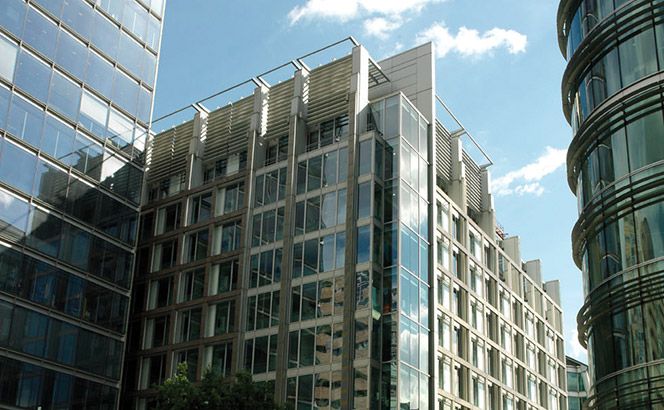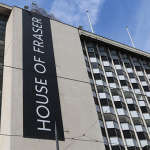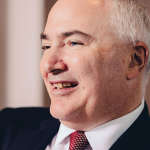Shifting to an agile-working office is a peculiar experience. Two camps quickly emerge: those excited by change and colleagues happy with decades-old paper in a pile on their desk. It is unsettling, yet can galvanise a workforce.
DLA Piper is similarly moving into a bespoke, semi-open-plan office this year – its single-largest capital investment ever. The flagship London HQ unites 360 lawyers from two separate offices, a grand total of 633 steps down the road. A new environment will be embraced by many, but for some the gloss quickly wears off.
It makes for one comparison with the newer generation of leaders at the firm. Critics argue DLA has wrongly tilted its ambition in recent years to becoming a Magic Circle wannabe driven from London, without a clear point of difference and at the expense of productive regional operations. Worse, growing its City corporate and private equity teams has proven difficult. The greater problem is that it has often looked caught between the two approaches.
But then questions about competition between London – its largest office – and its other branches are hardly new. DLA’s strategy is to be a global, full-service firm, with London a vital, but not dominant, cog. Tom Heylen, London managing partner since late 2016, wants growth that compliments the wider firm: ‘We are set up to serve global clients, so London being strong and able to provide the firm as a whole with access to the specialists we have here benefits everyone.’
DLA is cagey on financials but adamant that its 120-partner City arm had a strong 2017, after a sedate few years. Twelve partners have been promoted since 2017, alongside 11 lateral hires: a real estate team of six King & Wood Mallesons partners the highlight. Conversely, three significant contributors in real estate left this year for McDermott Will & Emery. The recent resignation of Anu Balasubramanian, a young private equity partner making a strong impression, is likewise unwelcome.
Highlight deals in the City include advising Agility Trains on the £5.7bn project financing for the government’s high-speed train Intercity Express Programme and the management of Holland & Barrett on its £1.8bn sale to L1 Retail. European private equity head Tim Wright is well regarded, while ex-Linklaters corporate partner Jon Hayes and international corporate head Bob Bishop are regularly cited as strong performers (the firm has to manage the awkward politics that the latter two stood unsuccessfully this year as senior partner).
Heylen emphasises the ‘globalisation of deals’ and running more international client relationships from London because clients expect depth there. It is also focusing on disruptive companies, like key client WeWork.
The London arm has a reputation for silos, but there is a push to sort out a genuine cross-group working. Cynics, however, respond that the culture has become too balance-sheet focused and claim influential partners are still out for themselves.
It is also hard to escape Juan Picón’s abrupt resignation as senior partner in November, which sent a tremor through its European network. Andrew Darwin’s subsequent election is a nod to stability. Darwin spoke to 500 partners and more than 90% voted in the firm’s first contested election in a decade. He comments: ‘The departure of my predecessor caused a lot of soul-searching about what we are as a firm, and prompted a proper discussion about how we can integrate more and embed our culture and values.’
It is difficult to look past the conclusion that DLA’s struggle in London post-financial crisis is bound up in a lack of clarity about its identity and precisely where the Square Mile fits in. A new HQ provides room for expansion, but if one of law’s original disruptors is ready to invest heavily in London it should say so and back it up. The limits of its City achievements look largely of its own making.
















